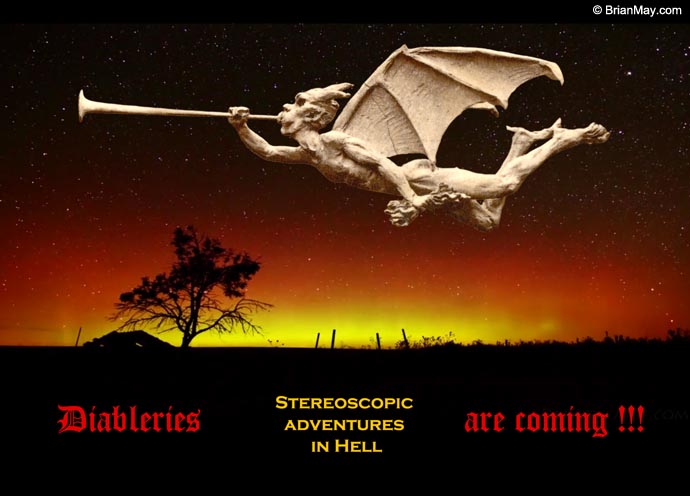


The photographs were reverse colored by hand, then backed with a layer of tissue paper and sandwiched between two double window cardboard mattes. Many similar stereoviews, though of lesser quality, were subsequently published by a competitor of Adolph Block’s named Jules Marinier. A total of 72 scenes were published by Block. The series was originally published by Francois Benjamin Lamiche but was later taken over and expanded by the publisher Adolph Block. Creation and publication Īt least three sculptors are known to have created vignettes for the series: Louis Alfred Habert, Pierre Adolph Hennetier, and Louis Edmond Cougny. Napoleon III’s authoritarian rule was repeatedly the subject of criticism, as was the decadent lifestyle of the bourgeoisie. Much of the subject matter was satirical and mirrored the corruption and excess of Paris during the Second Empire. The photographs, commonly known as stereoviews, portray sculpted clay vignettes which depict scenes of daily life in Hell. Les Diableries is the title of a series of stereoscopic photographs published in Paris during the 1860s. Images depicted in Les Diableries appear to have been inspired by medieval danse macabre imagery such as this.


 0 kommentar(er)
0 kommentar(er)
